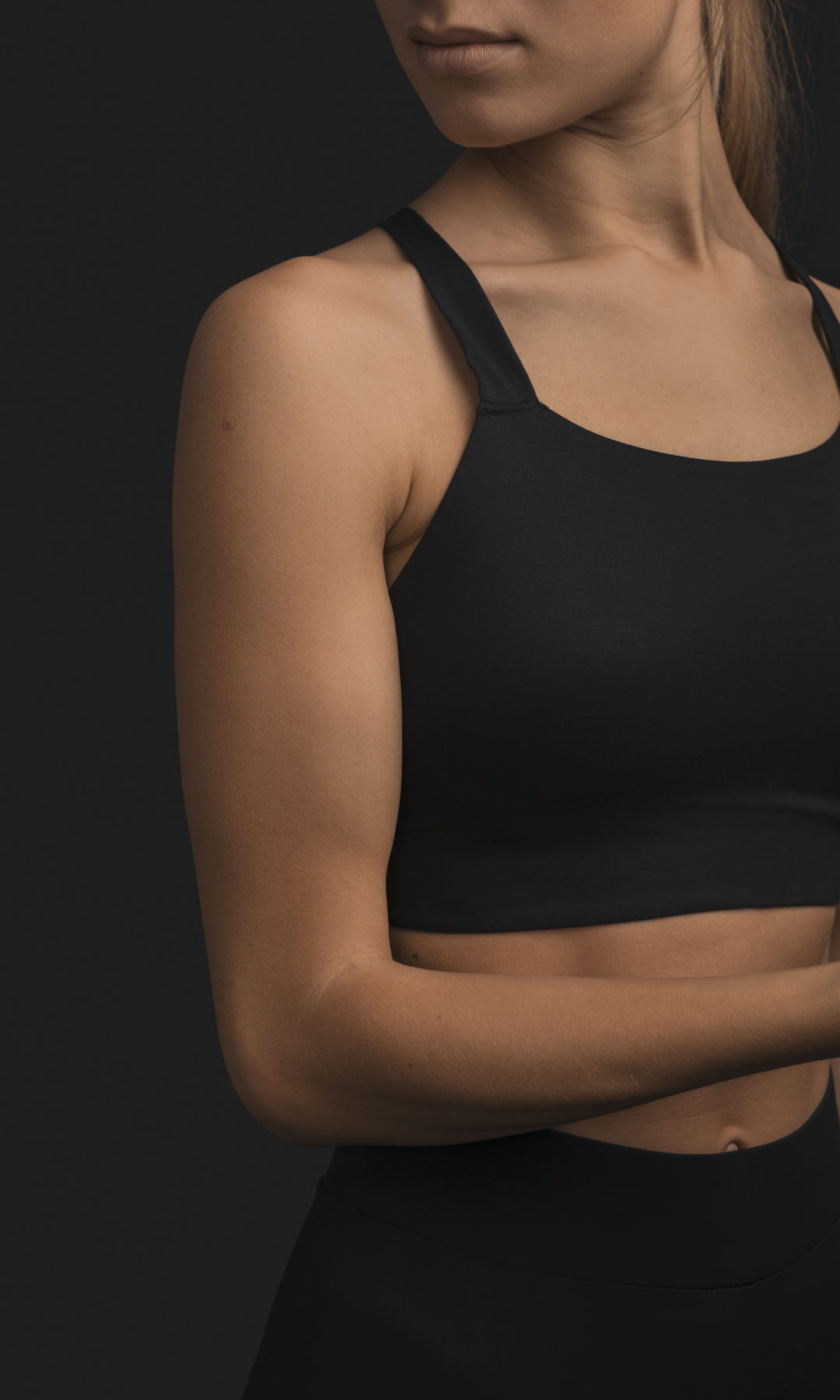In most cases, a fracture of the upper arm is caused by a fall directly on the shoulder or the outstretched arm. With increasing age, the resistance of the human bone reduces, which significantly increases the risk of suffering a bone fracture in the event of a fall. Preventive measures, whether by avoiding falls (removal of trip hazards) or strengthening bones (balanced diet, osteoporosis therapy, regular exercise) can contribute to prevention.
Contact
Emergencies:
+43 699 1611 9988
Contact:
+43 5418 511 00
moc.p1766562761ladem1766562761@ofni1766562761

Text-Block
When it comes to injuries in the upper arm/shoulder area, it is not always immediately obvious what is causing the pain. Using the latest imaging techniques, we are able to determine the correct diagnosis quickly and start optimal treatment promptly. Therefore, we can help to prevent persistent pain and the permanent restriction of movement. For rapid rehabilitation, most shoulder surgery is minimally invasive as it is carried out by arthroscopy, i.e., joint endoscopy with a camera. The surgeon can get an excellent overview of the type of injury and, thanks to the most modern implants, perform the necessary treatment steps at the same time.
Liste + Bildbanner-Block
Möchten Sie die deutsche Version der Website besuchen?

